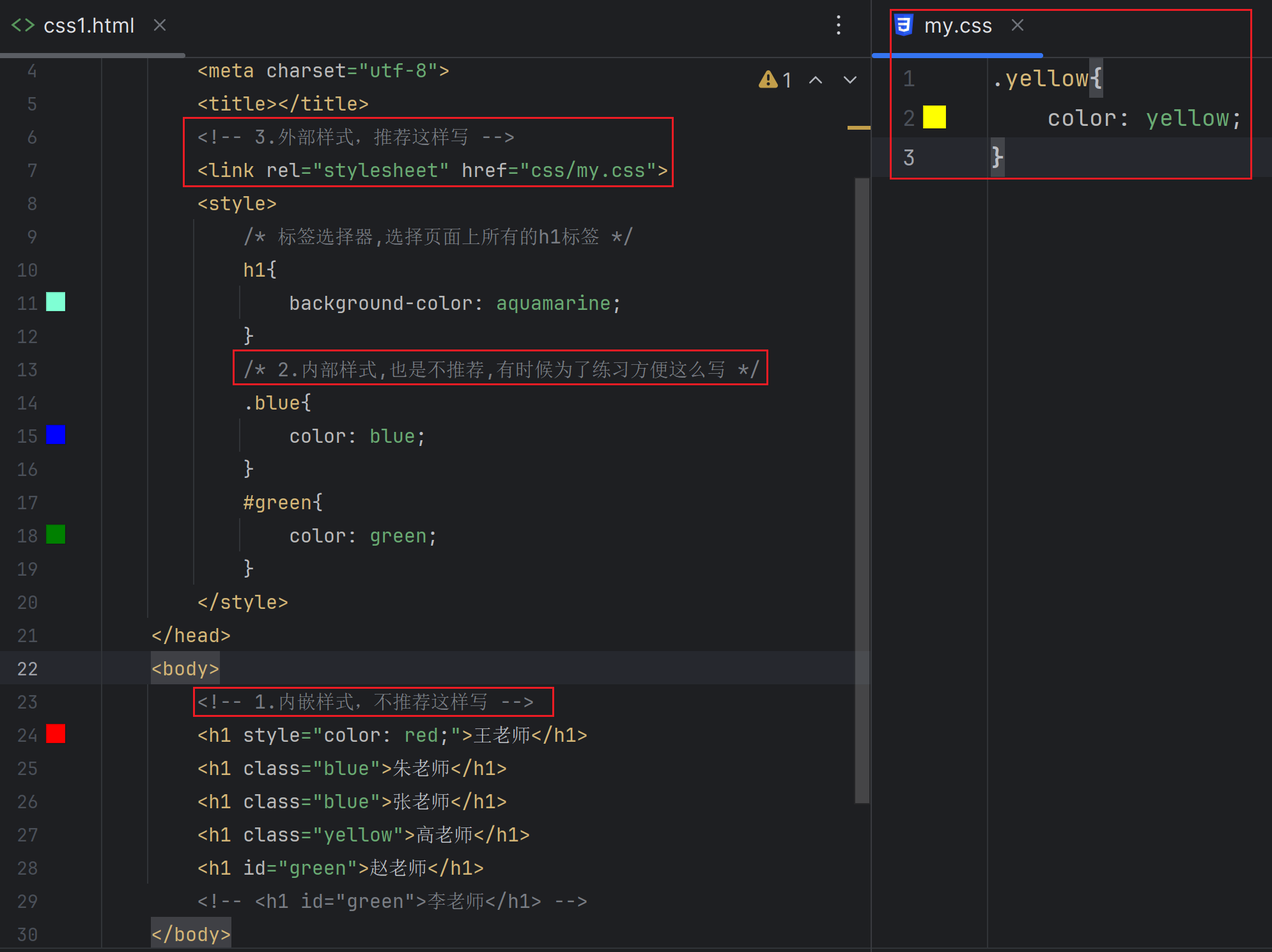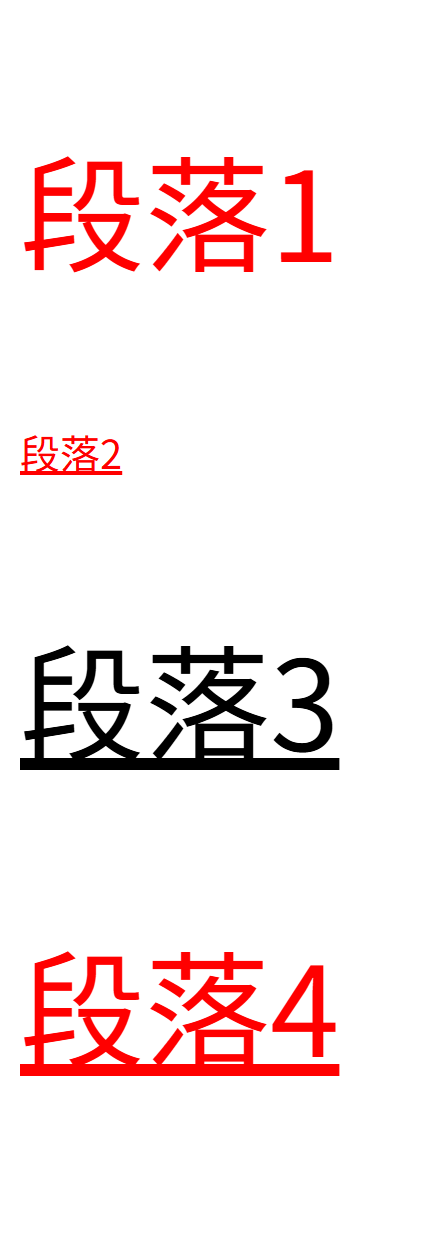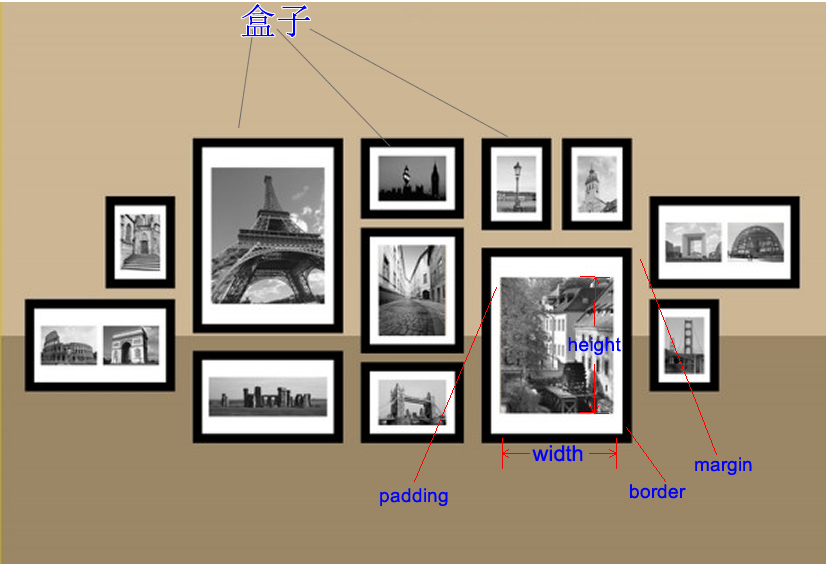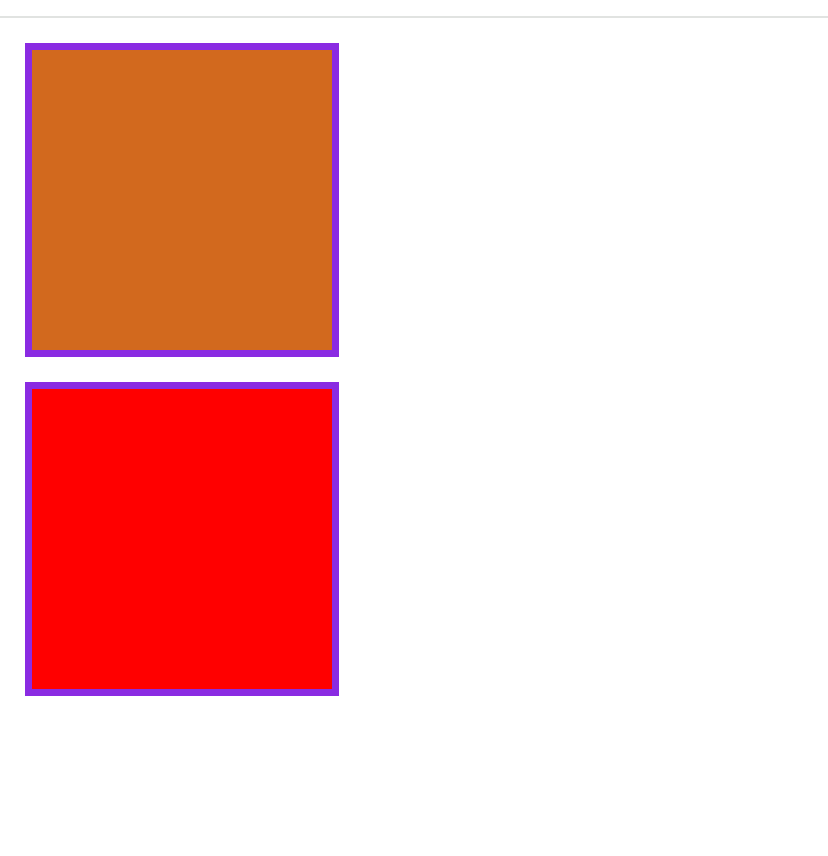1.CSS定义和基本选择器
CSS定义:cascading style sheet 层叠样式表。
CSS使用:
1、通过选择器选择上标签
2、在选择的标签上设置样式
选择器 {
color : red
属性名1:属性值1;
属性名2:属性值2;
属性名3:属性值3;
属性名4:属性值4;
}
选择器分类:
- 标签选择器: p{}
- 类选择器: .className{}
- id选择器: #id{}
一些常见的样式:
color:red; 文字颜色
font-size:40px;
background-color:blue;
text-decoration:underline;
text-decoration:none; //去掉下划线

二、CSS使用思想
正确的思路,就是用所谓"公共类"的思路,就是我们类就是提供"公共服务",比如有红、大、线,一旦携带这个类名,就有相应的样式变化。
总结:
1) 不要去试图用一个类选择器,把某个标签的所有样式写完。这个标签要多携带几个类,共同造成这个标签的样式。
2) 每一个类要尽可能小,有"公共"的概念,能够让更多的标签使用。
css
<!DOCTYPE html>
<html lang="en">
<head>
<meta charset="UTF-8">
<title>Title</title>
<style>
.red{
color: red;
}
.font-size{
font-size: 50px;
}
.text-decoration{
text-decoration: underline;
}
</style>
</head>
<body>
<p class="red font-size" >段落1</p>
<p class="red text-decoration">段落2</p>
<p class="font-size text-decoration">段落3</p>
<p class="text-decoration red font-size">段落4</p>
</body>
</html>
三、盒模型
盒子中主要的属性就5个:width、height、border、padding:内边距、margin:外边距

css
<!DOCTYPE html>
<html lang="en">
<head>
<meta charset="UTF-8">
<title>Title</title>
<style>
/*去掉标签默认带着的padding和margin*/
*{
margin: 0;
padding: 0;
}
div{
background-color: chocolate;
width: 100px;
height: 100px;
padding: 10px;
margin: 10px;
border: blueviolet solid 3px;
}
.box2{
background-color: red;
width: 100px;
height: 100px;
padding: 10px;
margin: 10px;
border: blueviolet solid 3px;
}
</style>
</head>
<body>
<div></div>
<div class="box2"></div>
</body>
</html>